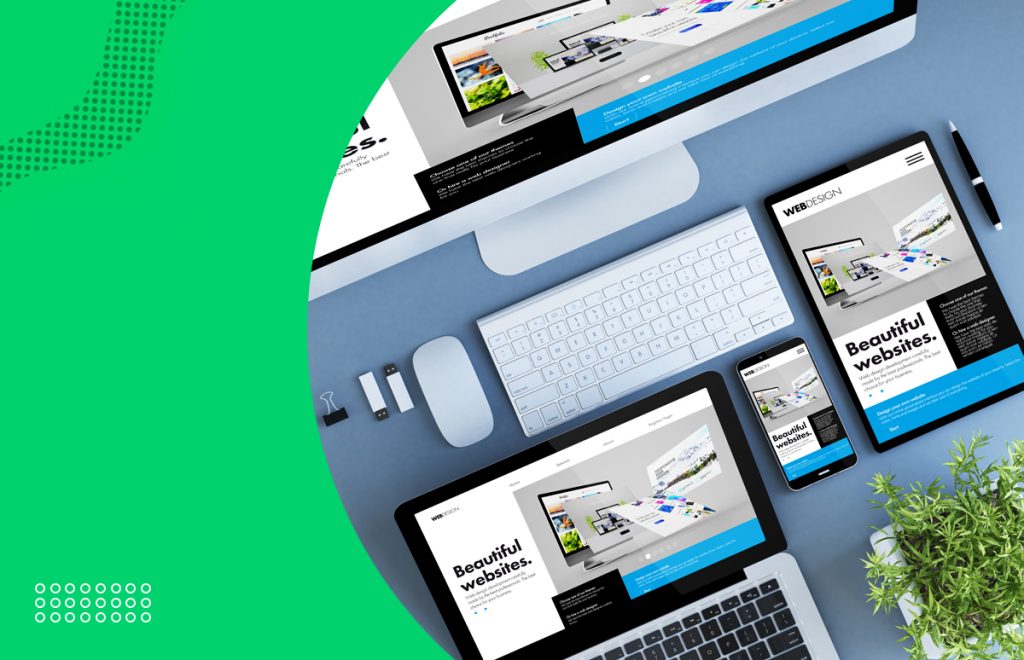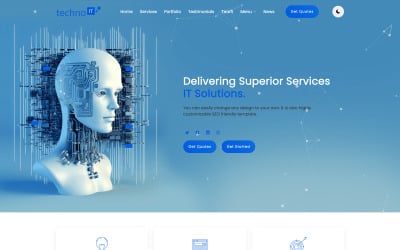Necessary Tips for Crafting High-Impact Website Designs
In the realm of electronic marketing, the design of a website offers as a crucial touchpoint for engaging possible clients. To develop high-impact internet site designs, one should think about necessary aspects such as audience understanding, individual experience, and visual power structure.
Understand Your Audience

To efficiently comprehend your target market, begin by performing market analyses to gather data on age, gender, place, and passions - website design. This information serves as a foundation for creating customer personalities, which stand for the crucial qualities of your target audience. These personas overview decision-making in style components and content approach, making certain positioning with user expectations
Additionally, examining user behavior via tools like Google Analytics can disclose exactly how site visitors interact with your website. Metrics such as bounce prices and time on page can highlight areas that need renovation or modification. User studies and feedback likewise provide very useful understandings right into preferences and pain factors.
Eventually, a deep understanding of your audience is not merely valuable yet crucial. It equips developers to create more relevant, appealing, and functional internet sites that foster a favorable user experience and drive wanted results.
Prioritize User Experience
When creating a site, prioritizing customer experience (UX) is extremely important to accomplishing both user contentment and service goals. A well-crafted UX guarantees that visitors can browse the site easily, discover the details they require, and engage with material effectively. To accomplish this, it is crucial to embrace a user-centered design strategy that includes understanding individual needs, preferences, and habits.
Beginning by performing thorough research, including user studies and functionality testing, to gather insights right into exactly how customers engage with your website. This data need to educate style decisions, making sure that features and layouts straighten with customer expectations. Streamlined navigating is crucial; visitors need to be able to situate details promptly without unneeded clicks or complication.
In addition, consider the loading rate of your internet site. A slow-loading website can cause high bounce prices, negatively impacting individual experience. Optimize scripts and pictures to improve performance.
Finally, ensure that your site comes to all users, consisting of those with handicaps. Complying with availability criteria not only widens your audience but additionally promotes inclusivity. By focusing on UX, you lay the structure for an effective website that meets both customer needs and business goals.
Embrace Visual Power Structure
A well-structured visual hierarchy plays a considerable duty in boosting individual experience by leading site visitors' focus to one of the most vital aspects of a website (website design). By tactically setting up material, developers can develop a clear path for users to follow, ensuring they involve with vital information effectively
To implement aesthetic pecking order, beginning by making use of size and scale. Bigger elements naturally attract the eye, making them excellent for headlines or phones call to activity. Enhance this with contrasting shades that highlight vital locations, as lively shades can create focal points that catch focus.
Furthermore, the placement of aspects on the web page is critical. Leading the visitor's gaze through the layout can be accomplished by positioning More Help crucial info on top or in the facility, where users normally begin their visual trip. Incorporating whitespace around aspects can likewise boost quality, making it much easier for customers to process information without really feeling bewildered.
Lastly, using typography efficiently contributes to visual hierarchy. Various font weights, sizes, and styles can signify significance, assisting users through the web content perfectly. By accepting these principles, designers can develop an intuitive experience that cultivates interaction and motivates individuals to check out even more.
Maximize for Mobile
Mobile optimization is vital in today's digital landscape, as a considerable section of internet website traffic originates from mobile phones. To guarantee a seamless user experience, internet sites have to be designed with mobile users in mind. This involves employing responsive internet layout methods that adjust the layout, pictures, and text to fit various display sizes while maintaining capability read here and looks.

Touch targets, such as switches and links, have to be properly sized, ensuring they are easily tappable without mistakes. Ensure that forms are mobile-friendly by lessening input areas and making use of dropdowns where applicable, streamlining the customer experience.
Lastly, examination your internet site across various smart phones and internet browsers to recognize any concerns that might affect functionality. By prioritizing mobile optimization, you not just boost customer contentment however likewise favorably impact your site's search engine ranking, hence attracting more site visitors and boosting overall involvement.
Implement Strong Branding
A distinct brand not just distinguishes you from competitors yet also promotes depend on and commitment among your audience. This identification ought to be shown regularly across all electronic touchpoints, including your web why not try these out site, social media, and email interactions.
Visual components such as logos, color design, and typography play an essential duty in branding. Select a shade scheme that reverberates with your target audience and reflects your brand name character. Guarantee that your logo is flexible and prominently displayed on your web site, enhancing brand acknowledgment.
Material is similarly crucial; your tone of voice should straighten with your brand name identification, whether it's expert, pleasant, or authoritative. Engaging narration can even more reinforce your brand, developing an emotional link with customers.
Verdict
In conclusion, crafting high-impact site designs requires a complex technique that encompasses understanding the target market, prioritizing user experience, and welcoming visual pecking order. By integrating these elements, websites can effectively involve customers, assist in seamless navigating, and foster psychological links that boost brand identity.
To produce high-impact web site styles, one should take into consideration essential aspects such as target market understanding, user experience, and visual hierarchy.When making a website, prioritizing user experience (UX) is critical to achieving both individual fulfillment and company goals.Begin by carrying out extensive study, consisting of individual surveys and functionality testing, to collect insights into exactly how individuals interact with your site. To guarantee a seamless customer experience, internet sites have to be created with mobile customers in mind.In verdict, crafting high-impact site designs necessitates a complex technique that incorporates comprehending the target market, prioritizing customer experience, and welcoming visual pecking order.